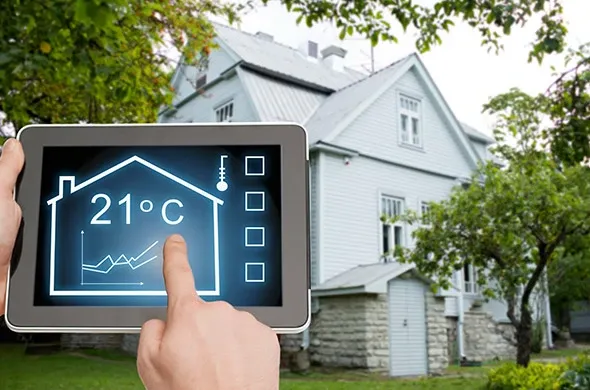PC Market Returns to Growth in 1Q24
Global PC shipments grew around 3% YoY in 1Q24 after eight consecutive quarters of declines due to demand slowdown and inventory correction, according to Counterpoint Research.

Adoption of newer connected home solutions is still at the early adopter phase, according to a recent survey by Gartner. The survey, of nearly 10,000 online respondents in the U.S., the U.K. and Australia during the second half of 2016, found that only about 10 percent of households currently have connected home solutions.
"Although households in the developed world are beginning to embrace connected home solutions, providers must push beyond early adopter use," said Amanda Sabia, principal research analyst at Gartner. "If they are to successfully widen the appeal of the connected home, providers will need to identify what will really motivates current users to inspire additional purchases.
The survey found that home security alarm systems, the more established of connected home solutions, have nearly double the adoption rates (18 percent) of newer connected home solutions such as home monitoring (11 percent), home automation or energy management (9 percent), and health and wellness management (11 percent). Overall adoption rates were five to six percent greater in the U.S., where they were first marketed.
However, excluding home security alarm services for which a monthly fee is generally paid, solution providers may find monetizing connected services challenging as the survey revealed that less than half of households currently pay for subscription-based home monitoring and automation/energy management solutions.
In the U.S. 59 percent of households with a home monitoring solution indicate they do pay a monthly fee, thus proving they see value for these solutions. However, charging for subscriptions is more of a challenge since more than half of current households are already using these services free of charge. The challenge is even greater in the U.K., where few home automation services are subscription based and 58 percent of households with home automation get their services free of charge.
Using a scale of 0 to 100, respondents were asked about their feelings and preferences toward the value of devices, appliances and applications in the connected home ecosystem. Three-quarters of respondents indicated they are happy to manually set temperature and lighting controls versus only one-quarter who expressed an interest in having devices anticipate needs in the home. Furthermore, 58 percent of respondents showed a preference for separate, independent, stand-alone devices.
However, respondents are starting to see the value of one app for integrating their connected home devices, appliances and services as well as the importance of brand certification for their connected home devices and services. More than half of the respondents (55 percent) rated 51 or more toward the preference of one app integrating connected home devices and services, while 58 percent rated 51 or more toward the importance of hardware and services being certified by a specific brand.